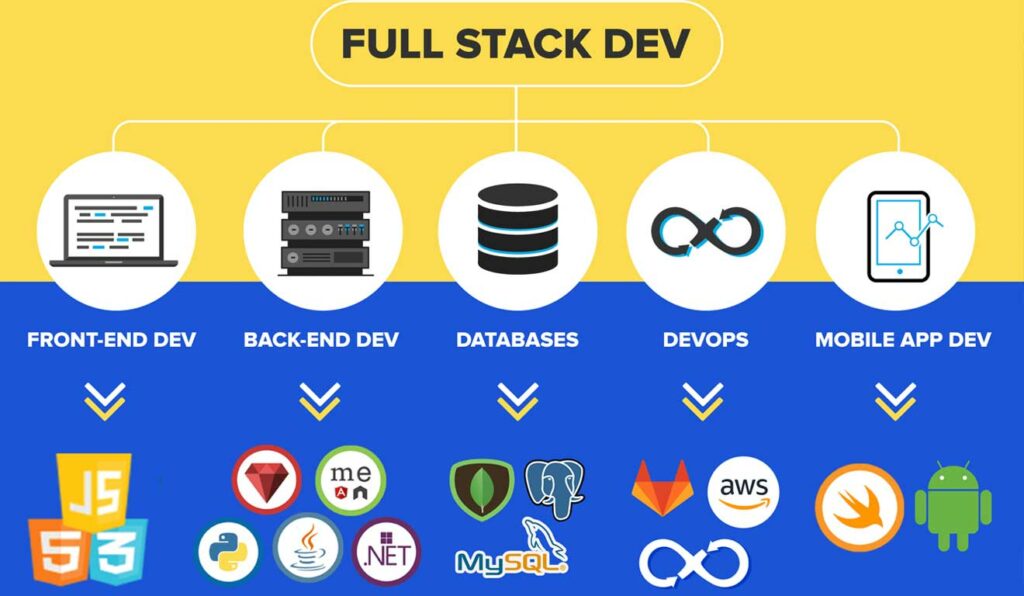Web development-Frameworks-SSG
Introduction to Static Site Generators (SSG)
Static Site Generators (SSGs) have transformed how websites are built by combining the flexibility of dynamic content with the speed and reliability of static files. Unlike traditional CMS (Content Management Systems) that rely on server-side processing for every page request, SSGs generate static HTML files at build time. This results in fast, lightweight, and secure websites.
How SSGs Work
An SSG works by taking content from sources like Markdown files, CMS, or APIs and compiling it into static HTML pages. These static pages are then deployed on a web server. Since no dynamic content generation is needed during page requests, the websites load quickly and are easy to cache across CDN (Content Delivery Network) servers.
Benefits of SSGs
- Performance: Since SSGs pre-generate the pages at build time, the final product is a highly optimized static site, which results in fast load times.
- Scalability: With no database or server-side processing, SSGs are highly scalable, as pages can be cached and served instantly from a CDN.
- Security: Without a live backend, there is a smaller attack surface, reducing vulnerabilities like SQL injection or server-side attacks.
- SEO-Friendly: Static sites are ideal for SEO because search engines can easily crawl pre-rendered pages, resulting in improved rankings.
Video Demonstration of SSGs
Popular SSG Frameworks
Next.js (Static Generation Mode)
Feature: Next.js combines the best of both worlds with static generation and server-side rendering options.
Benefit: Developers can build fast, scalable websites with static generation, while still having access to dynamic content features when needed.
Gatsby
Feature: Gatsby uses React and GraphQL to build static websites that can fetch data at build time from multiple sources like APIs, CMSs, and files.
Benefit: By pulling in data at build time, Gatsby ensures that the website has the most up-to-date content while maintaining high performance.
Hugo
Feature: One of the fastest static site generators available, Hugo is written in Go and compiles websites in seconds.
Benefit: Ideal for developers who need to build and deploy static websites quickly, without compromising on performance.
Use Cases for SSGs
- Blogs and Documentation Sites: SSGs are perfect for content-driven sites like blogs or documentation because they can be pre-built and serve static pages quickly.
- Portfolios and Landing Pages: For personal portfolios or business landing pages, SSGs provide an efficient and scalable solution with minimal maintenance.
- eCommerce Sites: By using static site generators with dynamic APIs, developers can build high-performance eCommerce sites with fast load times and smooth user experience.
In this blog, we’ve explored how static site generators are making websites faster, safer, and easier to scale. As web development continues to evolve, SSGs offer a powerful solution for developers looking to build high-performance sites without the complexity of server-side rendering. Whether you’re building a personal blog or a large-scale enterprise application, adopting SSGs can lead to faster load times, better security, and improved SEO.
Get Started with SSGs Today
Click the button below to try building your own site with one of these popular static site generators!
Try SSG Code in StackBlitz
Installation Guide for SSG
Follow these steps to get started with SSG:
- Ensure you have Node.js installed (version 12 or later).
- Open your terminal and run the following command to install the SSG template:
- Navigate into your project directory:
- Install the dependencies:
- Run the development server:
- Open your browser and go to http://localhost:5173 to view your app.
npm create svelte@latest my-appcd my-appnpm installnpm run devSample Projects Built with SSG
Here are some sample projects showcasing what you can build with SSG:
-
1. SSG Todo App
A simple yet functional Todo application built with SSG to manage tasks.
View Code on GitHub -
2. SSG Blog
A blogging platform built with SSG, showcasing features like markdown support and routing.
View Code on GitHub -
3. SSG E-commerce Store
A complete e-commerce application demonstrating product management and checkout functionality.
View Code on GitHub












